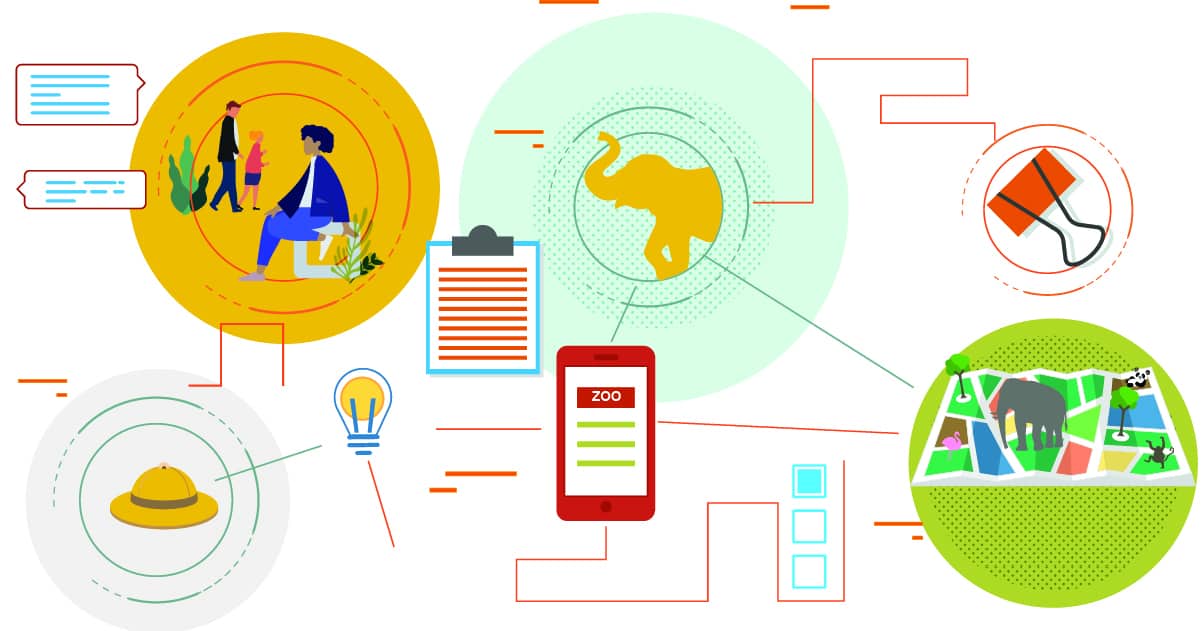
A service safari is a method service designers use to evaluate service experiences in situ—going out to the location of the service and experiencing it themselves as a visitor, customer, user, etc. While many observational frameworks exist for use in ethnographic research, we wanted to develop one that emphasizes the most important aspects of service experiences. And what better location to test out a new framework for a service safari than at a zoo?
This experimental project is important and personal to me. I worked at the local zoo for over 10 years and later studied animal-computer interaction in graduate school. The zoo provided a familiar setting for me to test out our service safari framework, but the experience led to a more interesting design conundrum—addressing the role of non-human service actors (in an upcoming blog post – stay tuned).
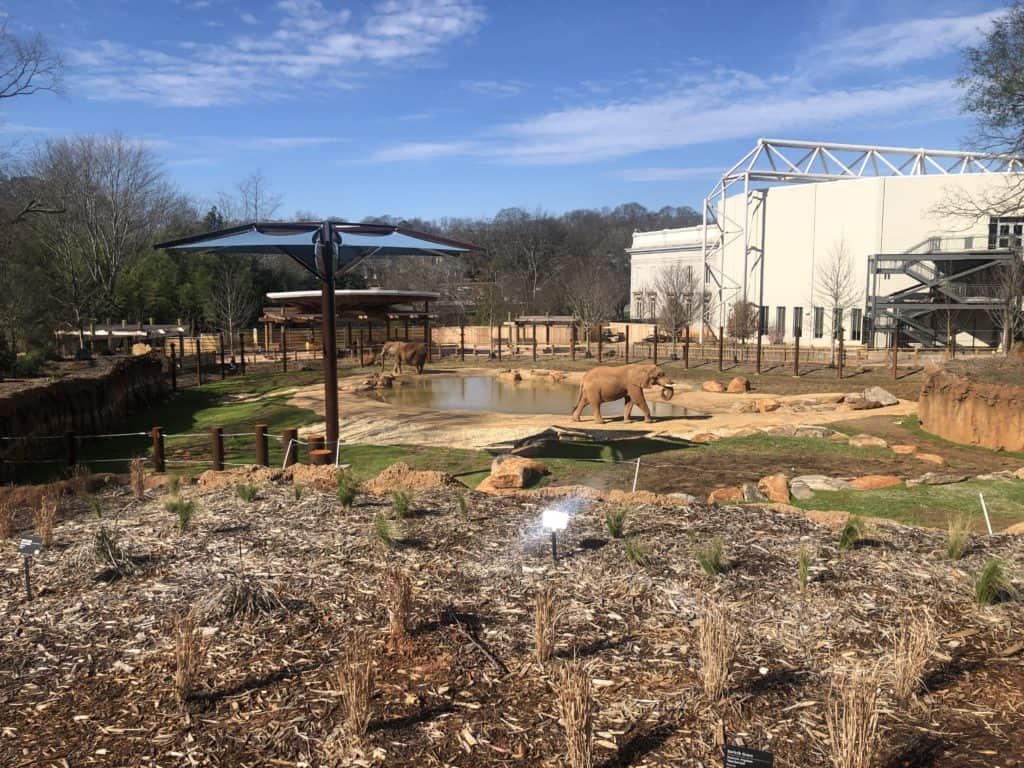
To prepare for our service safari, a small Harmonic team studied existing research methods and explored a few framework ideas, including one that spelled out TOFU BACON (catchy name, but too long). Taking into account service goals and past service safaris, we developed an observational research framework: TACIT (Touchpoint, Actor, Content, Interaction, Timing).
T: Touchpoint | Signage, cell phones, animals, interactive devices, exhibitry, talks. How do touchpoints support visitor needs?
A: Actor | Guests, volunteers, staff, and elephants (more on the elephants later)
C: Content | The information/ tone of the signs, websites, apps, talks, Q & A, etc. What does the content say, what are the qualities of the content, and what does it invoke?
I: Interaction | Can include people reading the sign, touching an interactive element (moving a sign), talking to a docent ?
T: Timing | Objectively in terms of minutes and hours, and subjectively in terms of patience and convenience. For each stage of the experience, approximately how long do tasks take?
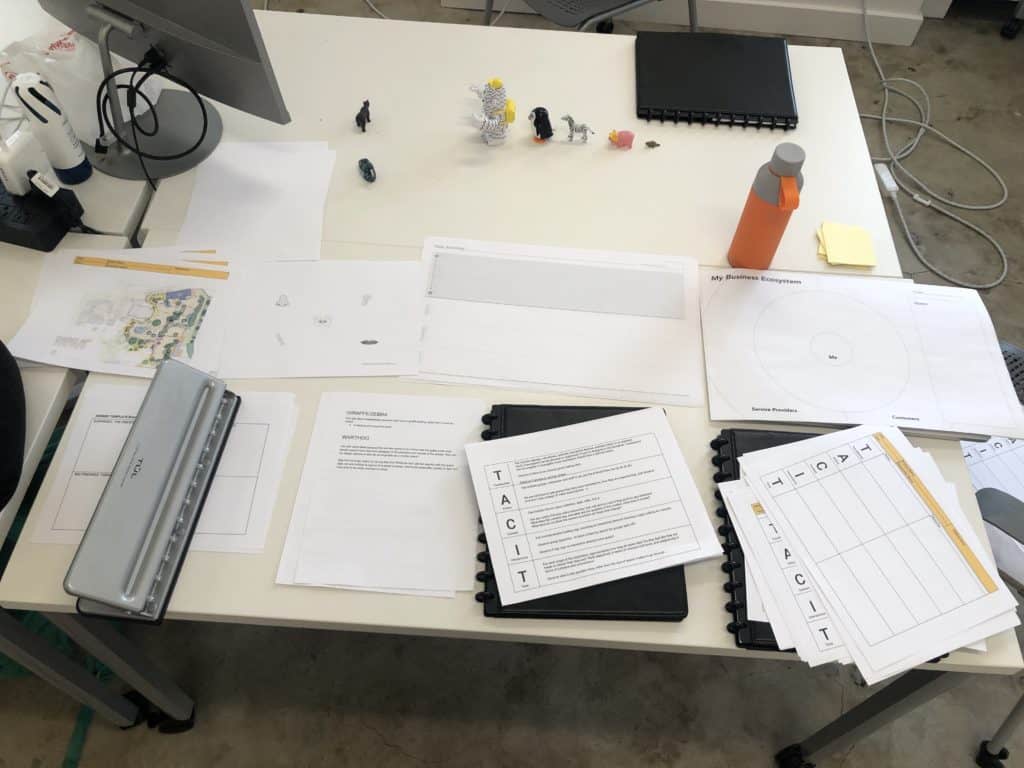
With that in mind, we created a service safari booklet with a section for notes, a site schematic, and a debrief form with prompts. Two coworkers and I went to the zoo and tested out our material. In regards to the TACIT framework, we realized that ‘content’ and ‘touchpoint’ often hit the same notes, and felt redundant. One suggestion was to change ‘content’ to ‘context’ to note qualities of the space—weather, amount of guests, and special activities.
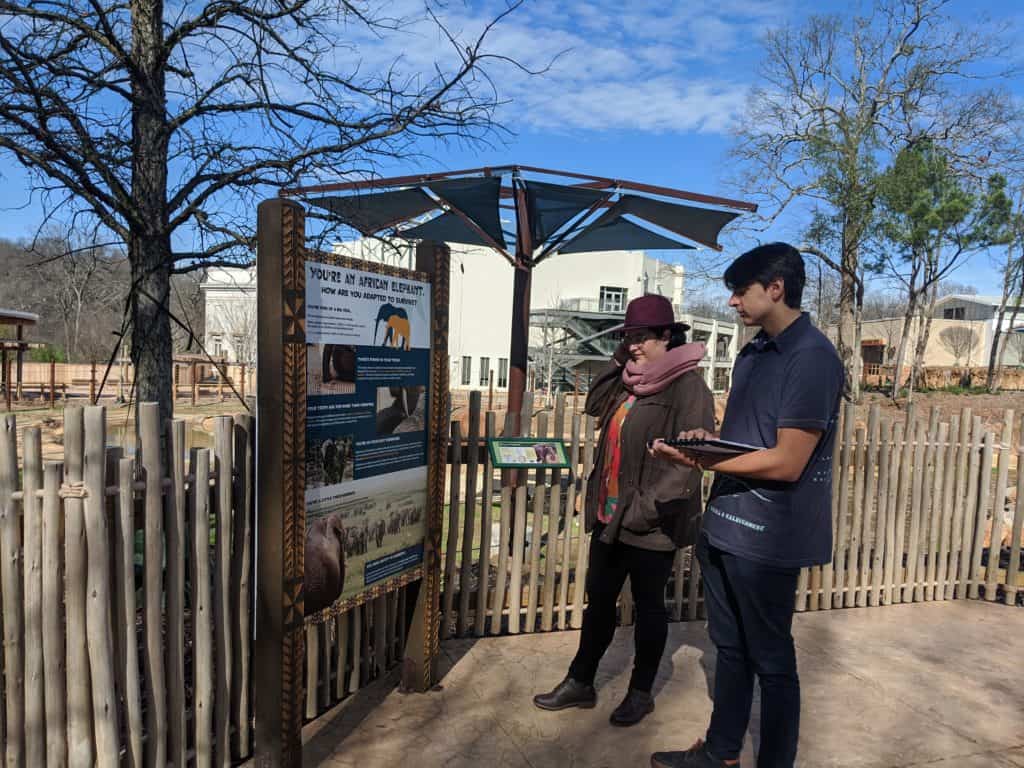
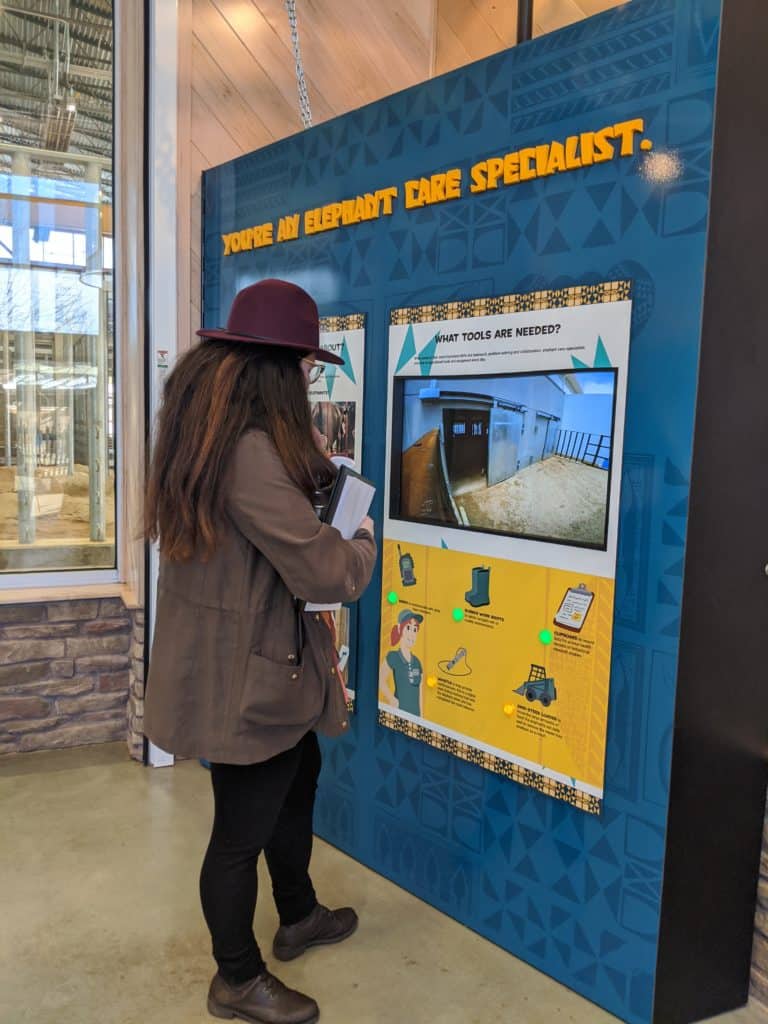
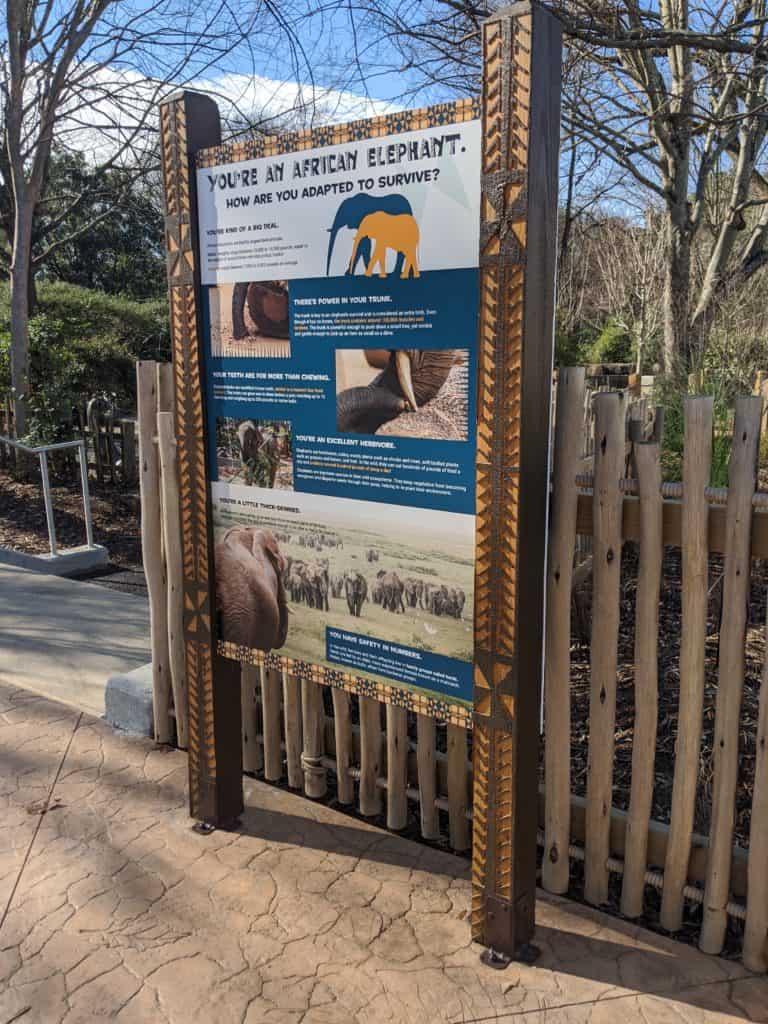
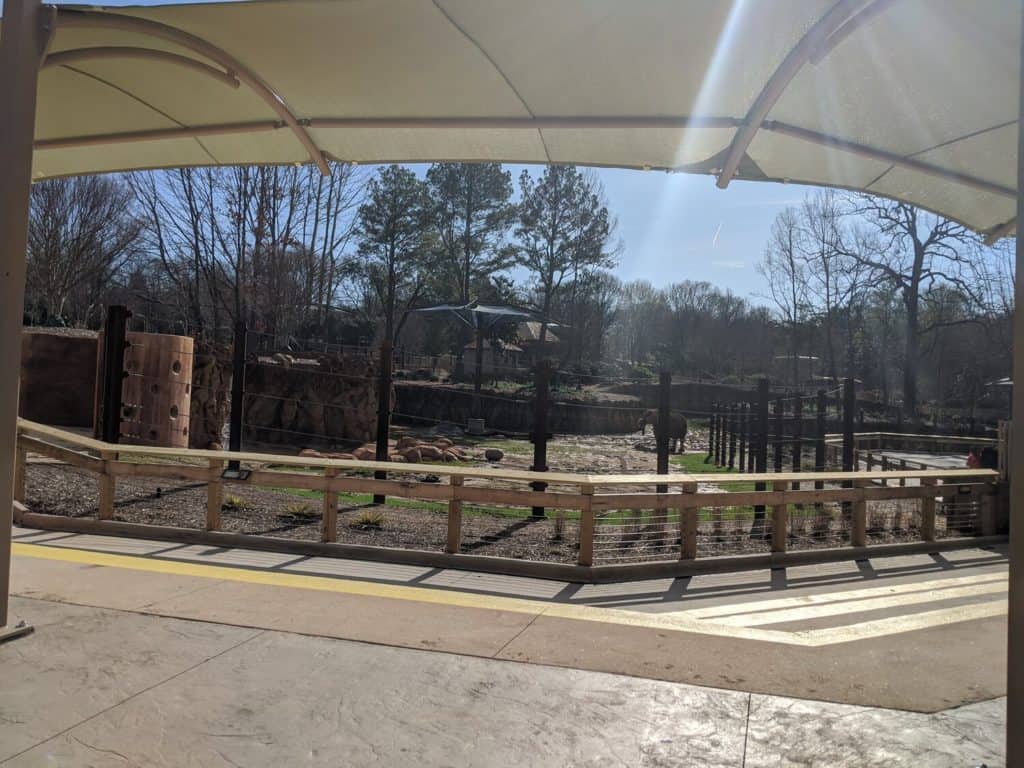
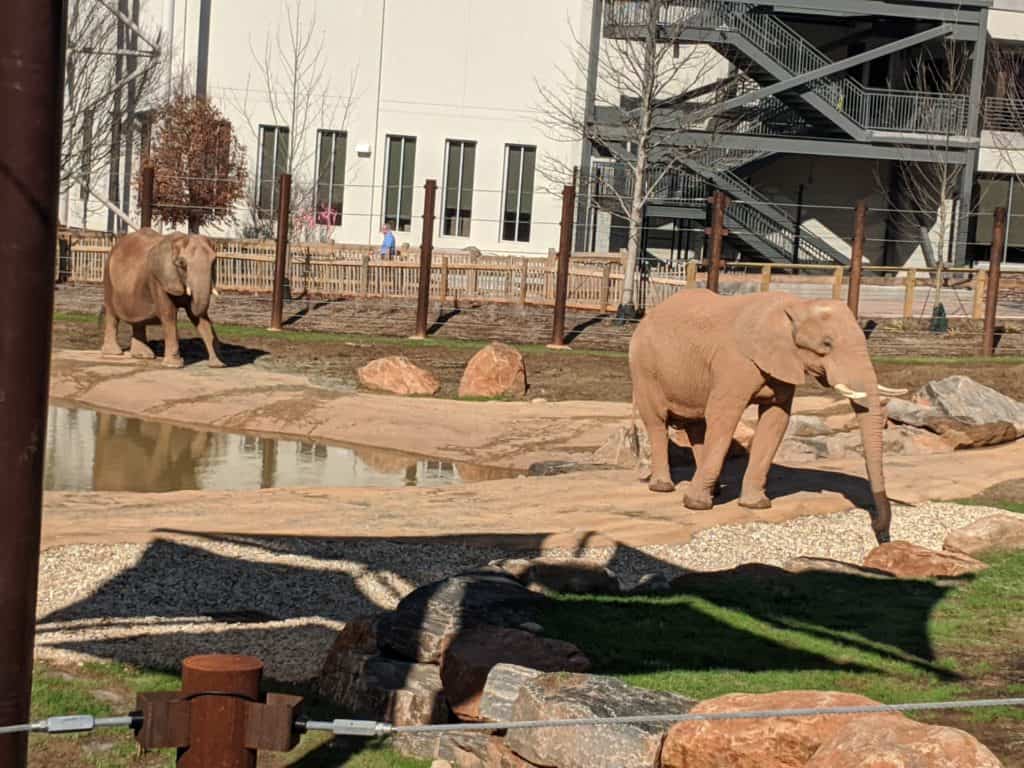
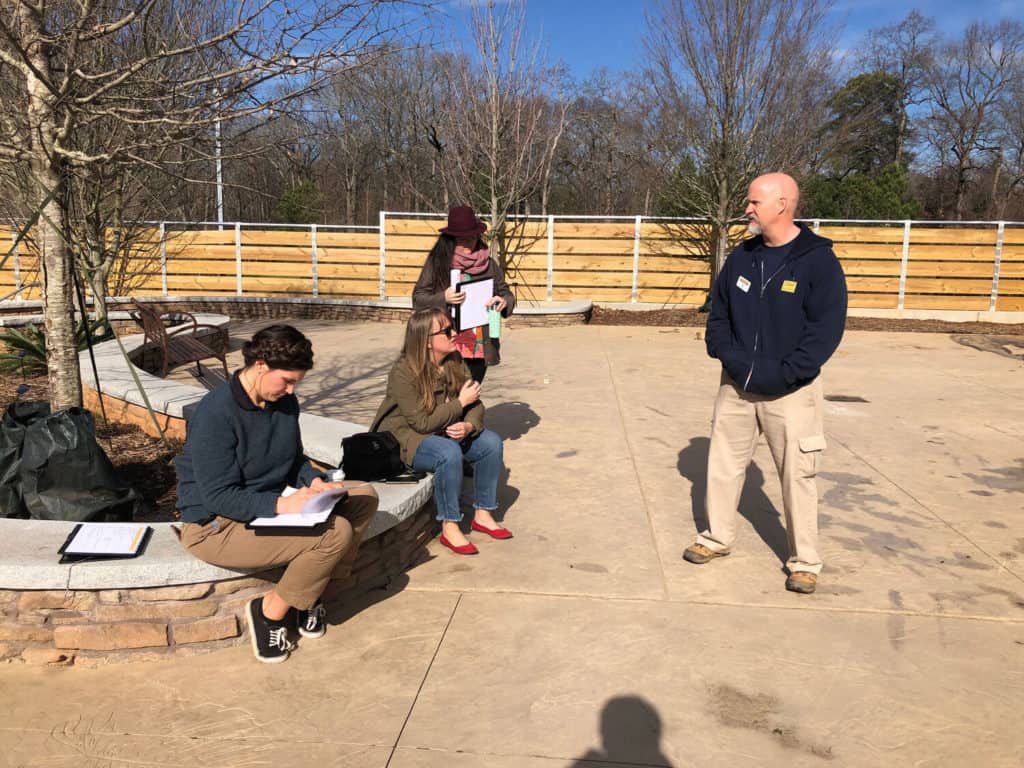
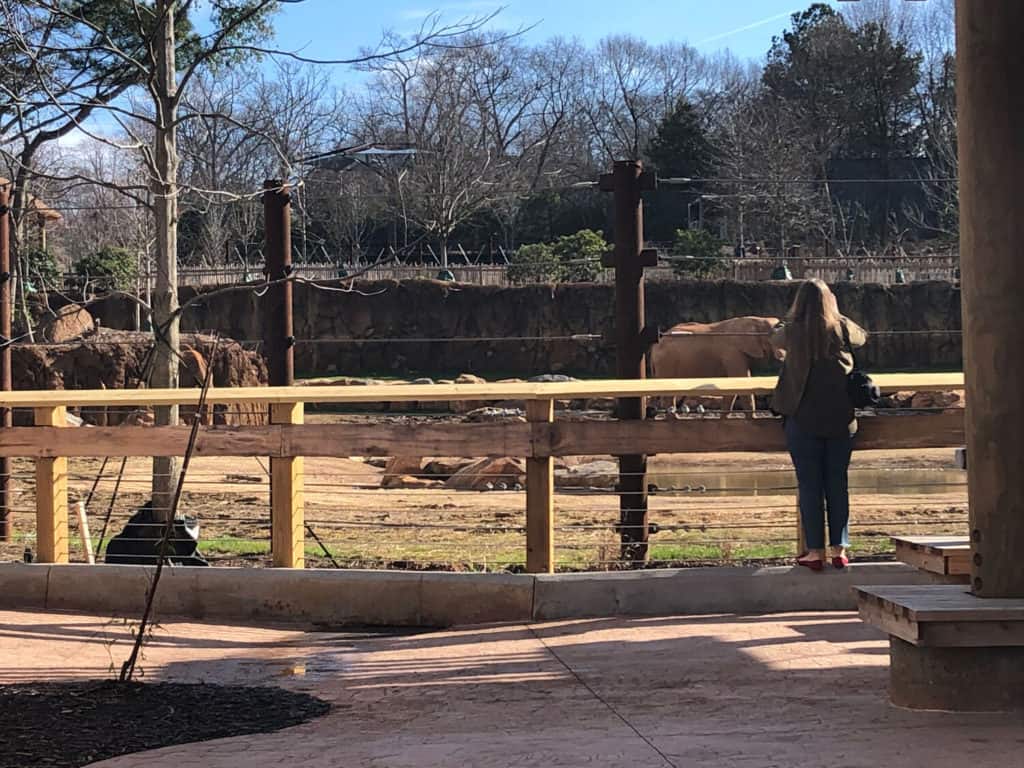
We’re still developing TACIT and have utilized the framework on other projects. With each use, we iterate on the categories, wording, and even the note-taking booklet design. After the visit, we collected our findings by mapping out observations, actors, and touchpoints onto the schematic. We rounded out this part of our exercise by noting our findings and presenting our board to the zoo’s designer. This method yielded several opportunities for more engaging touchpoints and demonstrated a new outside-in way for the zoo to consider the visitor experience when they have the chance to update or build exhibits in the future.
The setting inspired us to look at things from a different perspective at around 10 feet tall. In service design, we are able to look at solutions through many perspectives – employee, customer, and business. In the follow-up blog, The Elephant in the Blueprint, we examine service design tools and techniques through the perspective of the elephant.
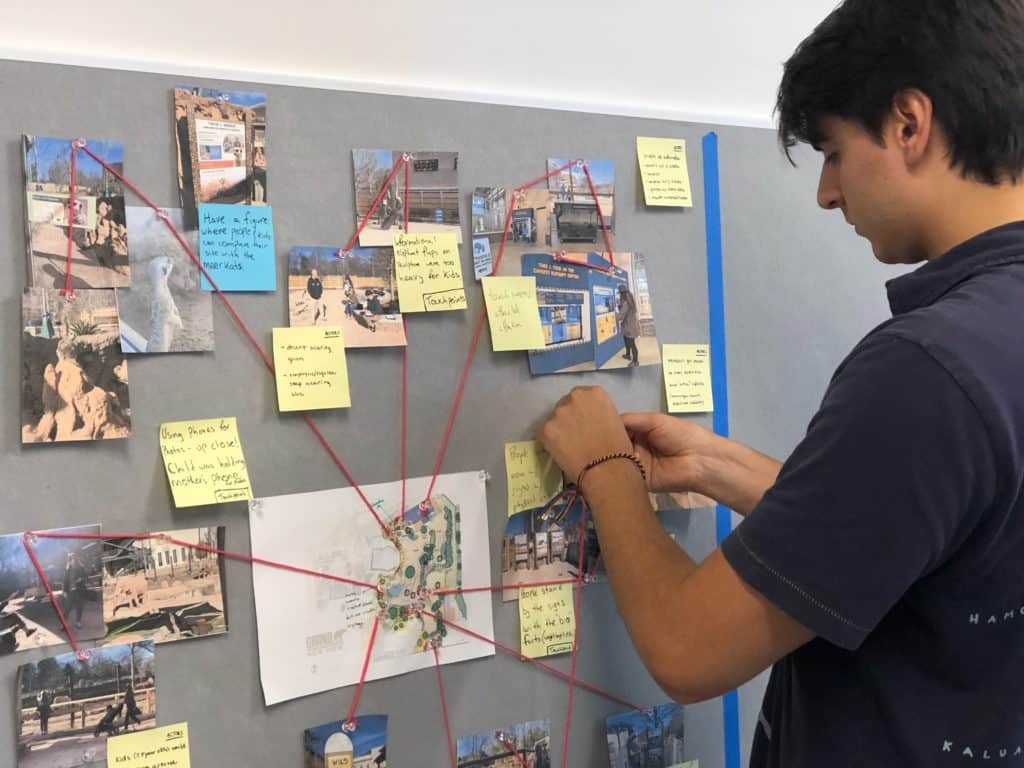
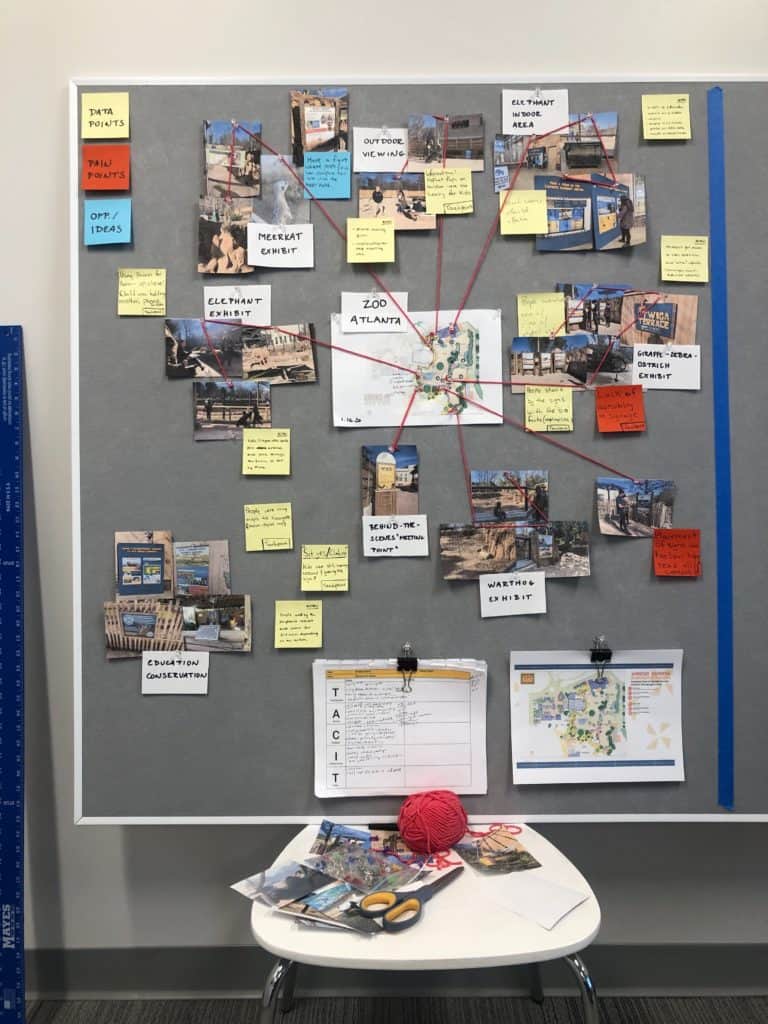
We recreated the visit by building out the exhibits via a method called spatial mapping.